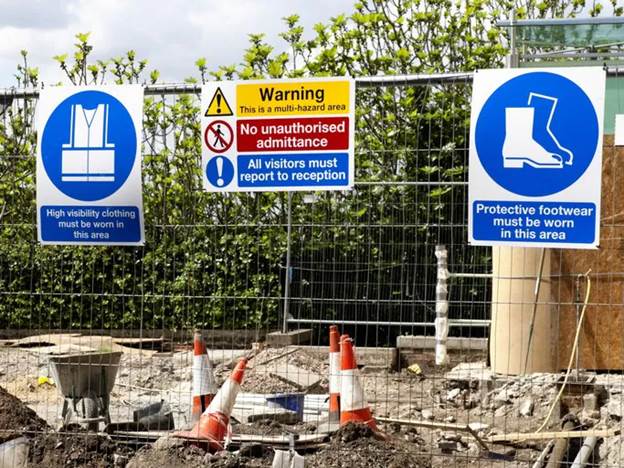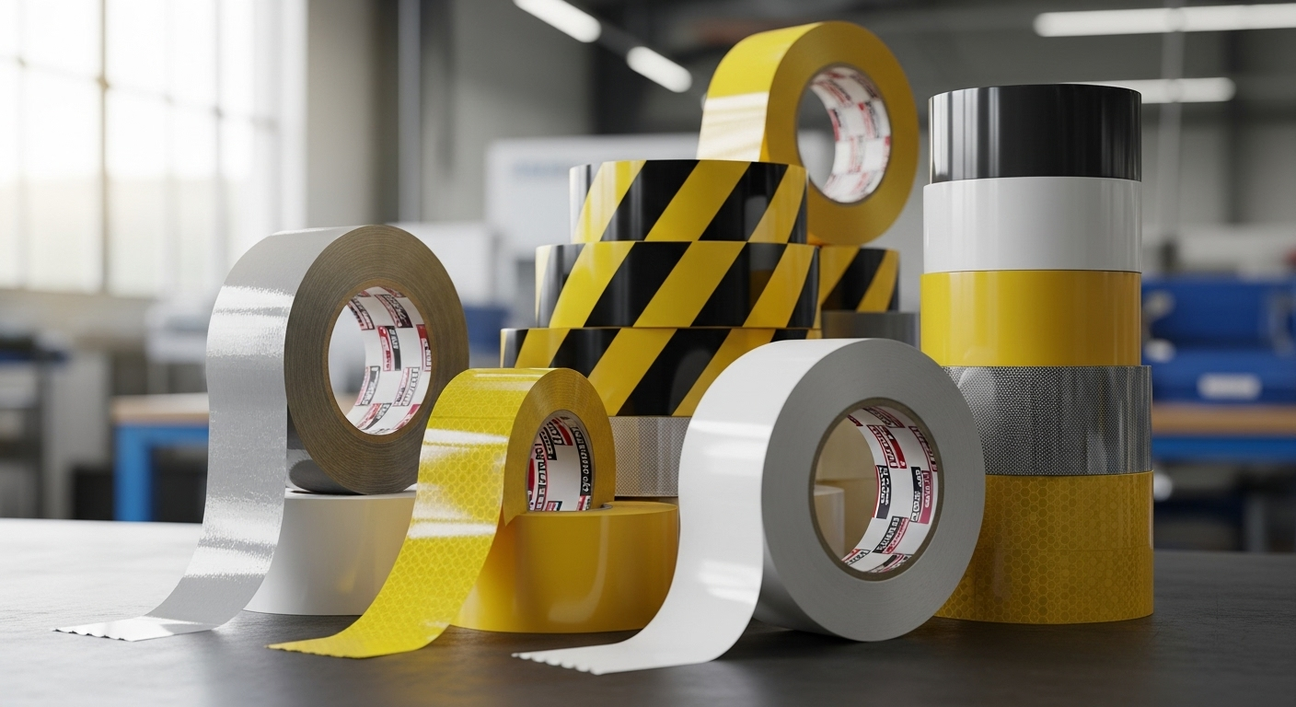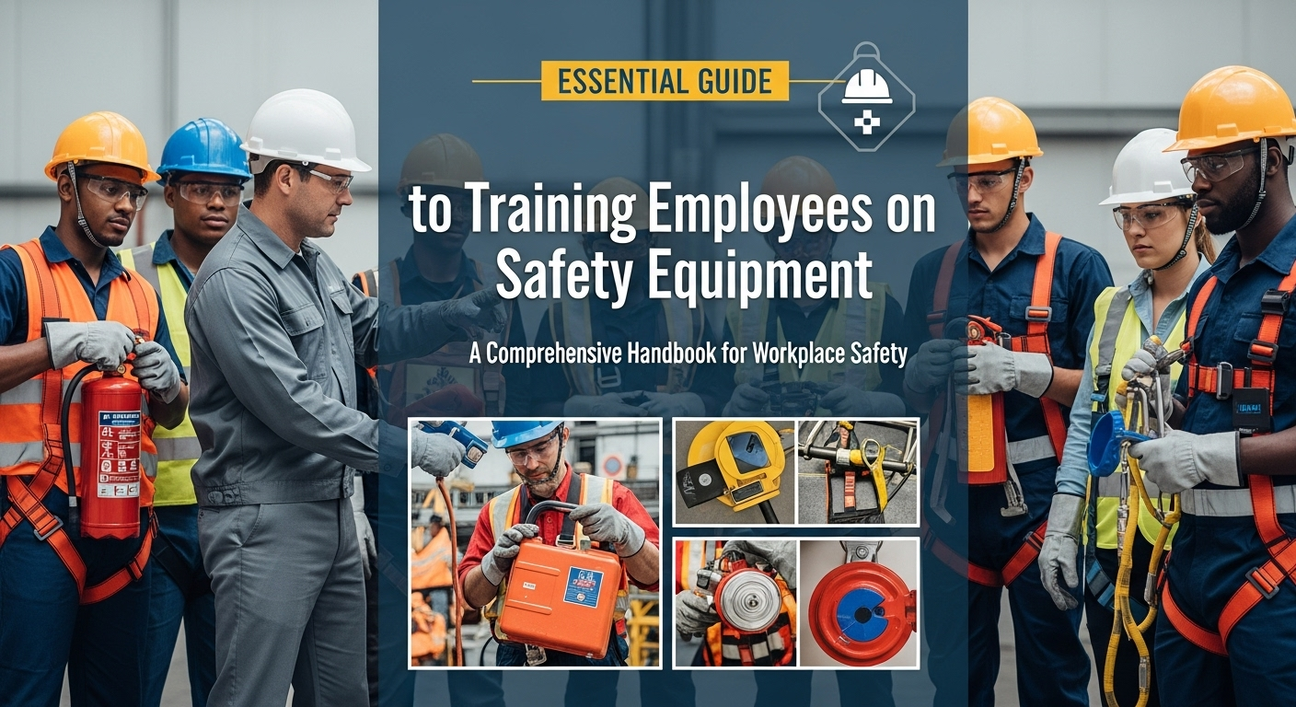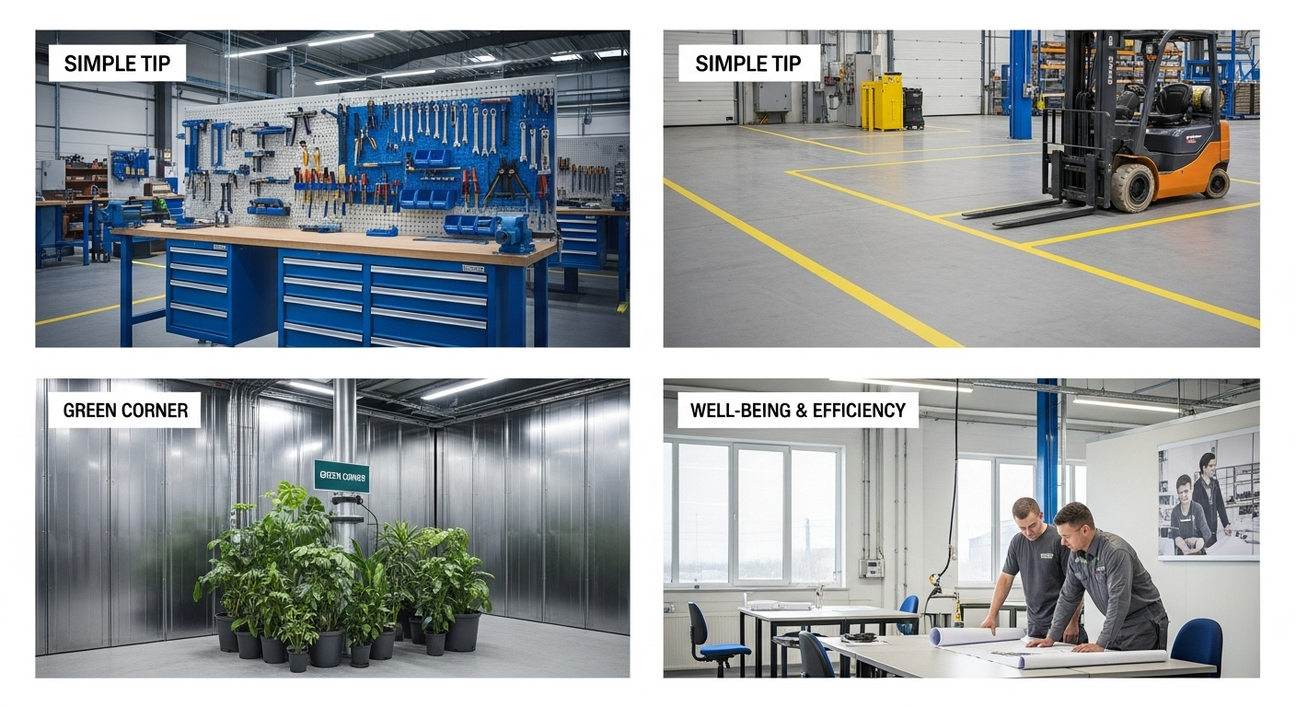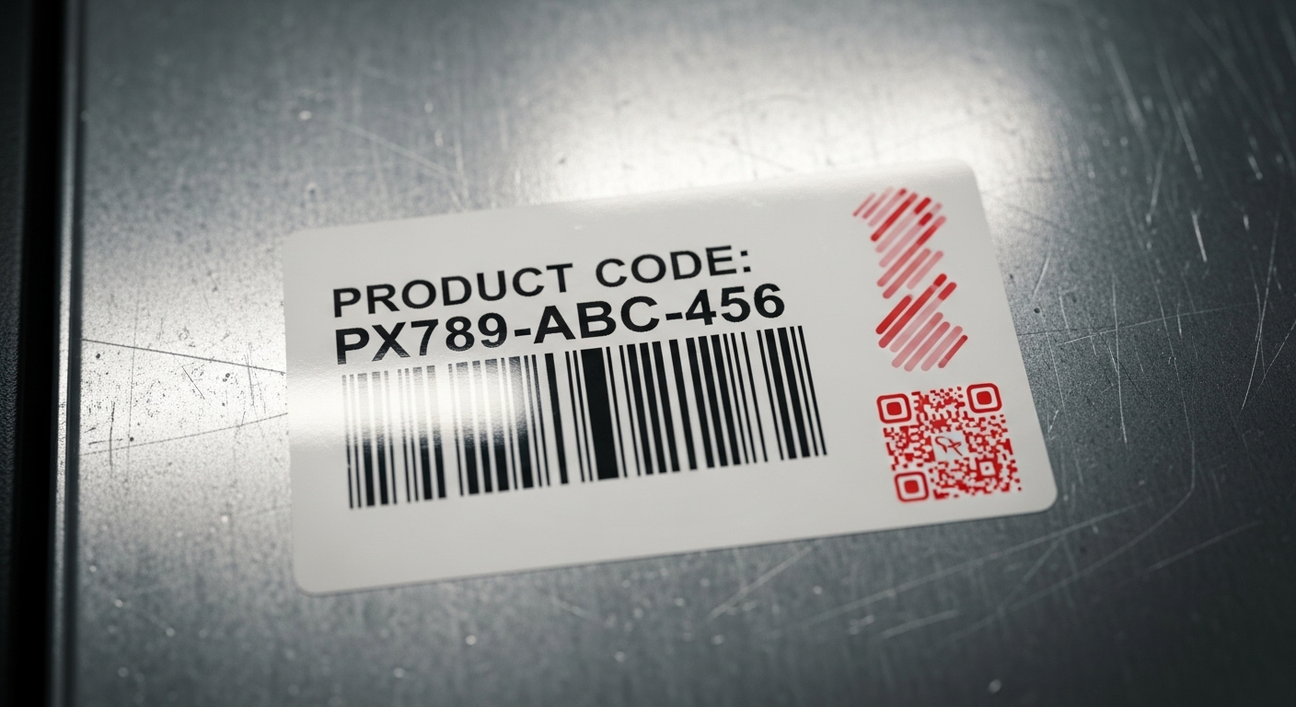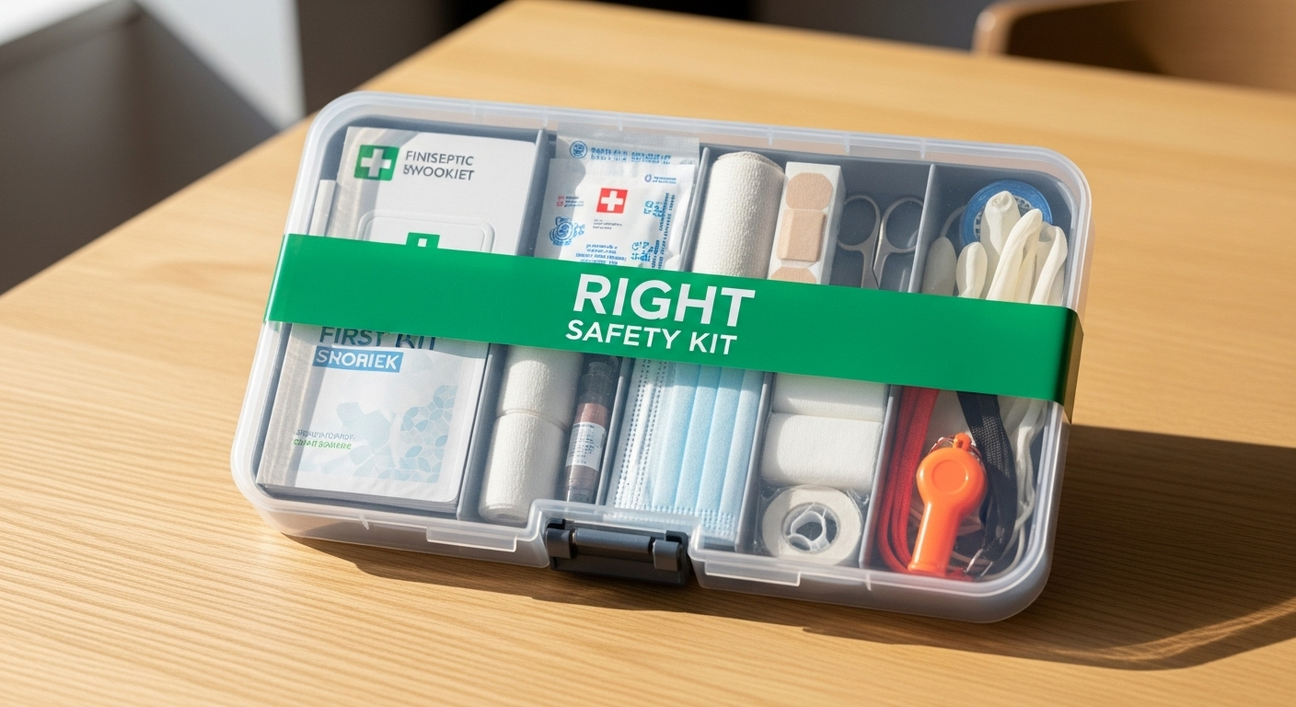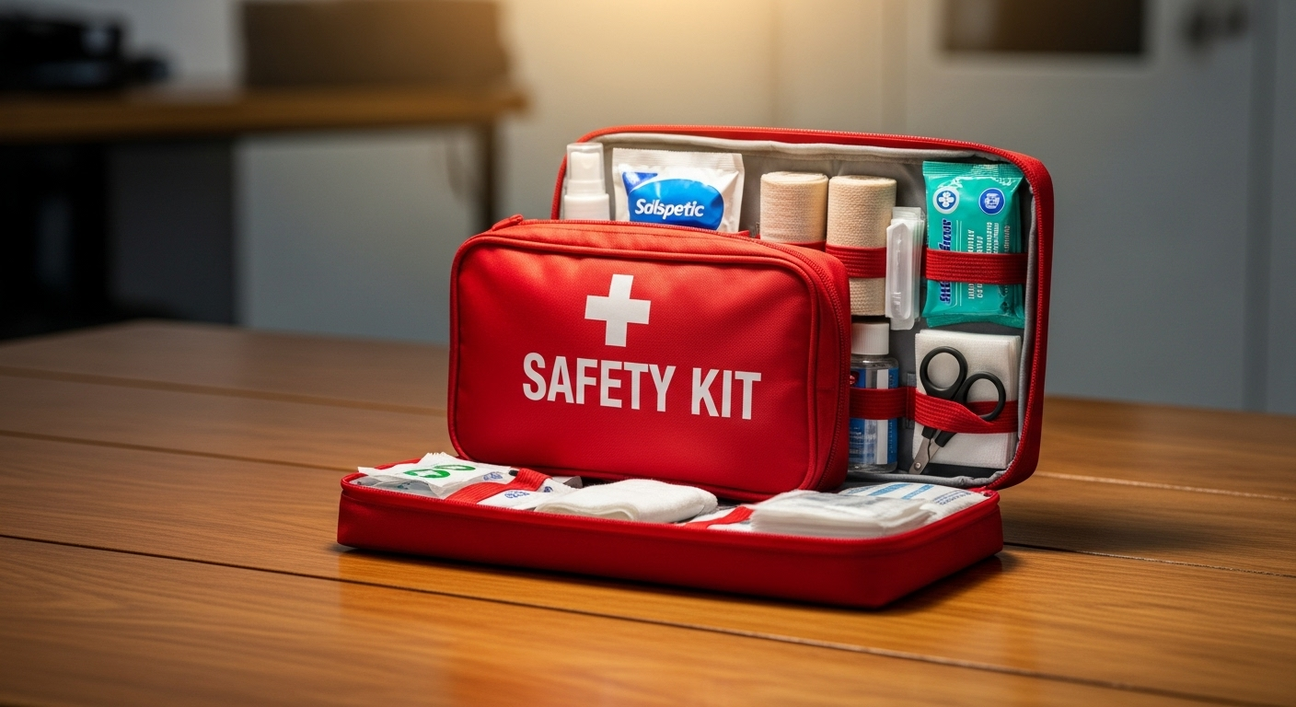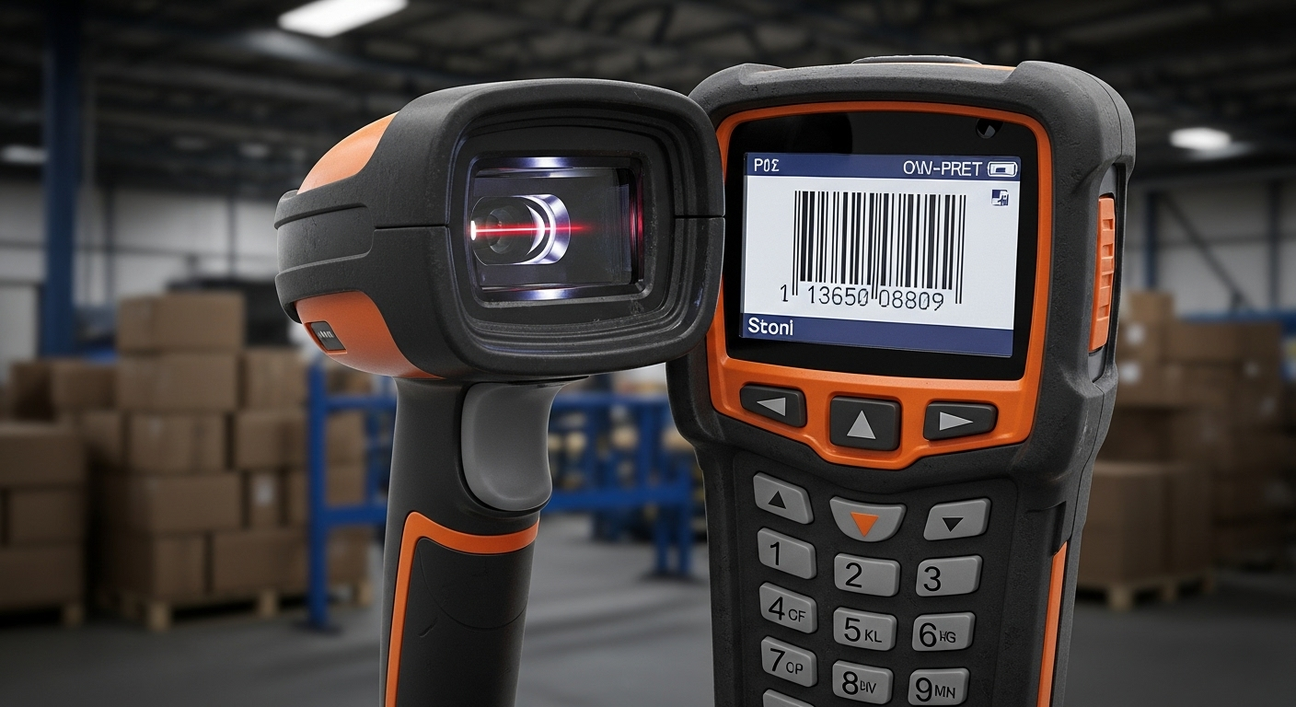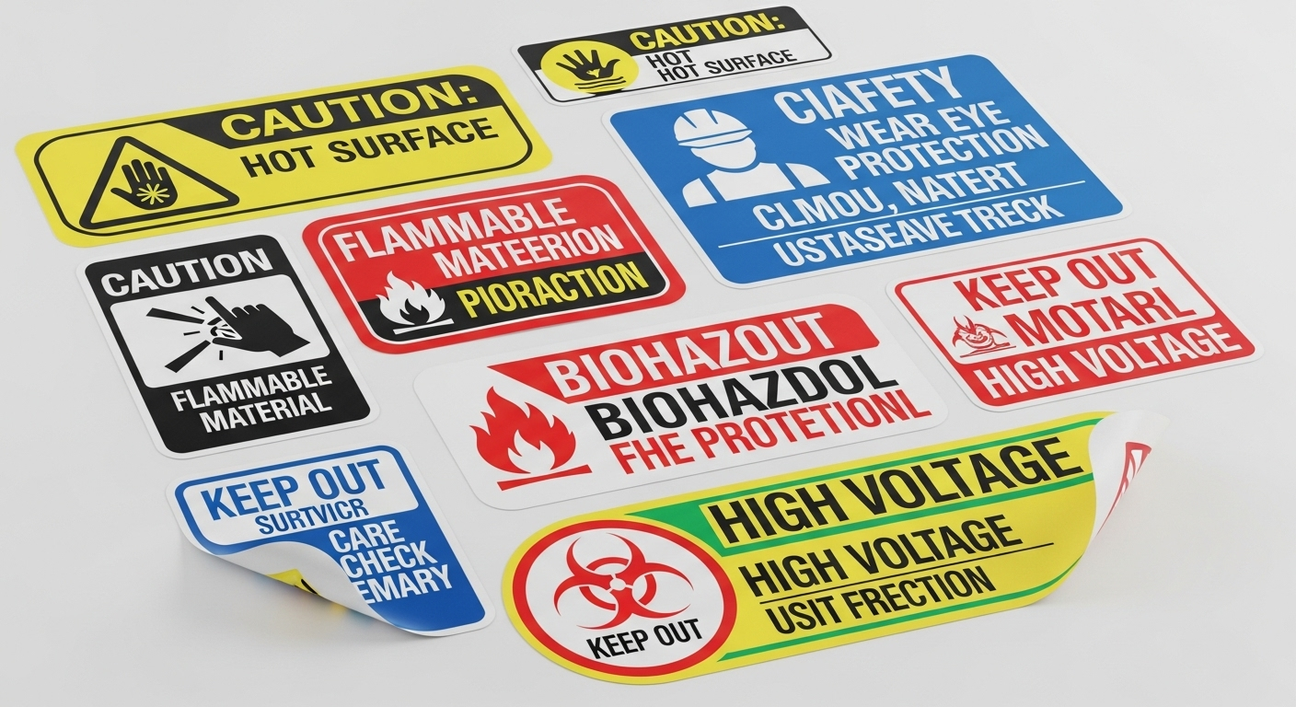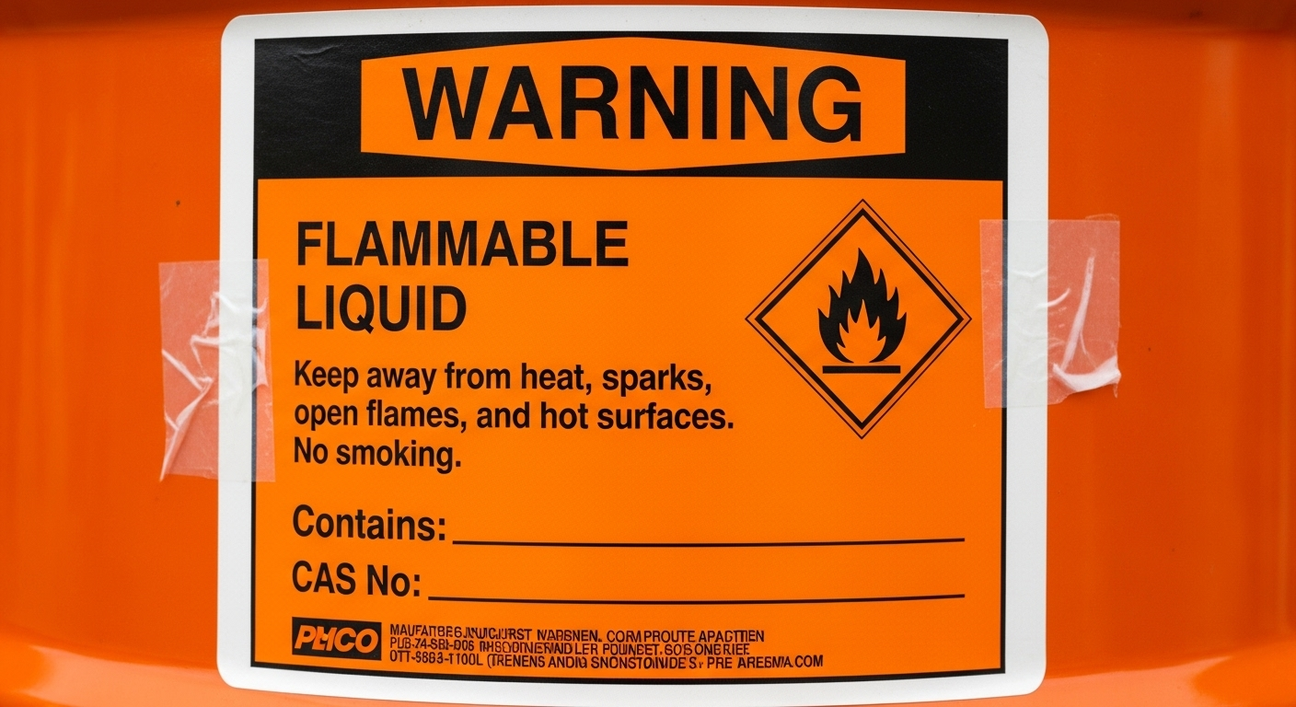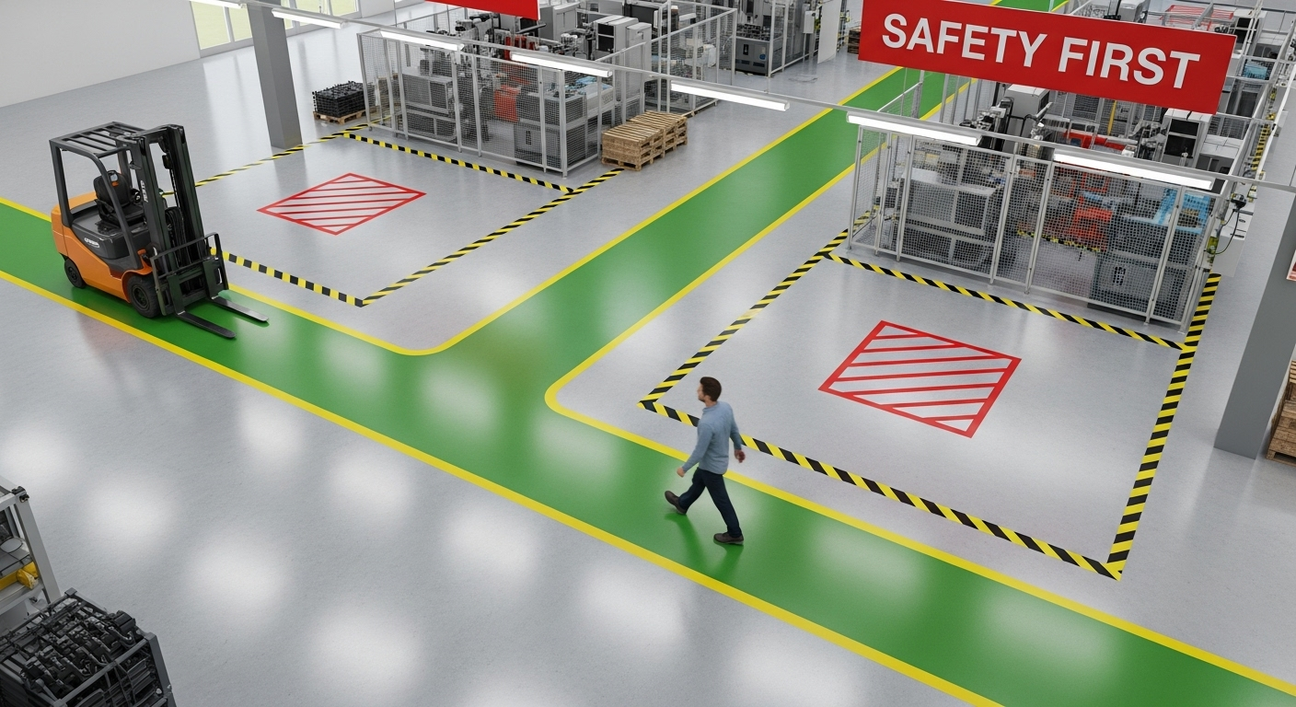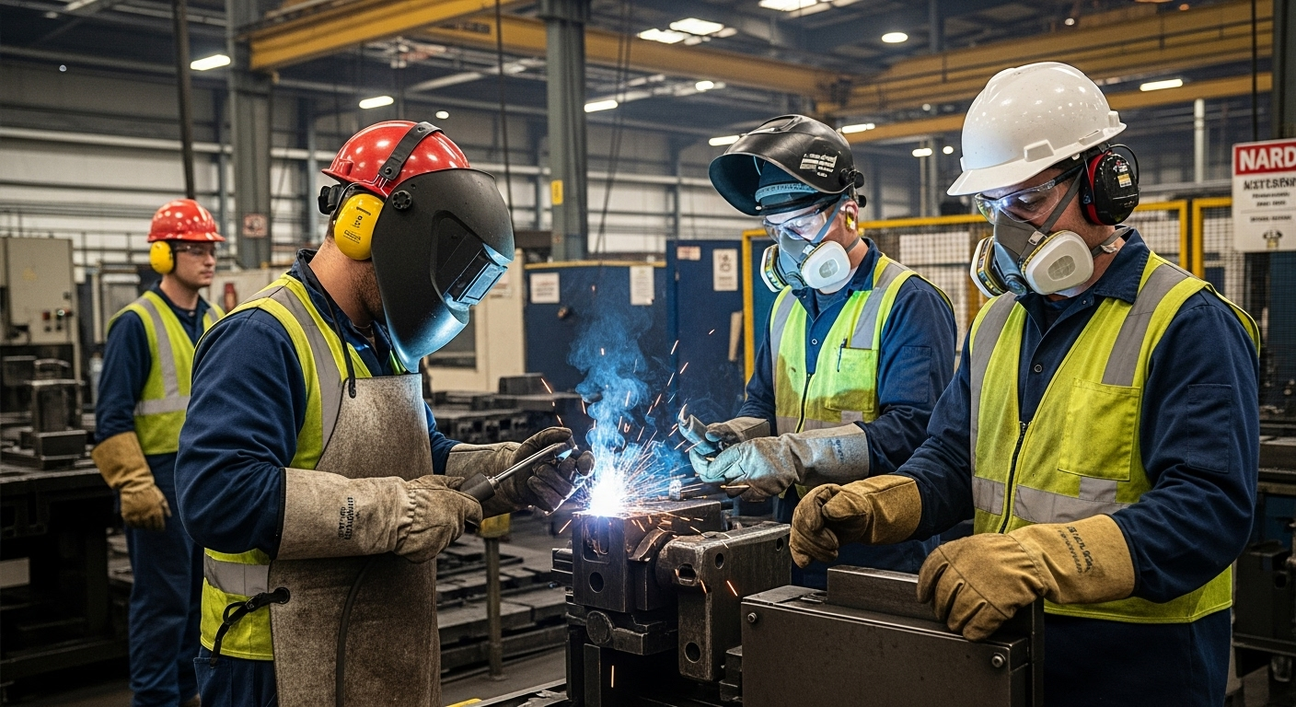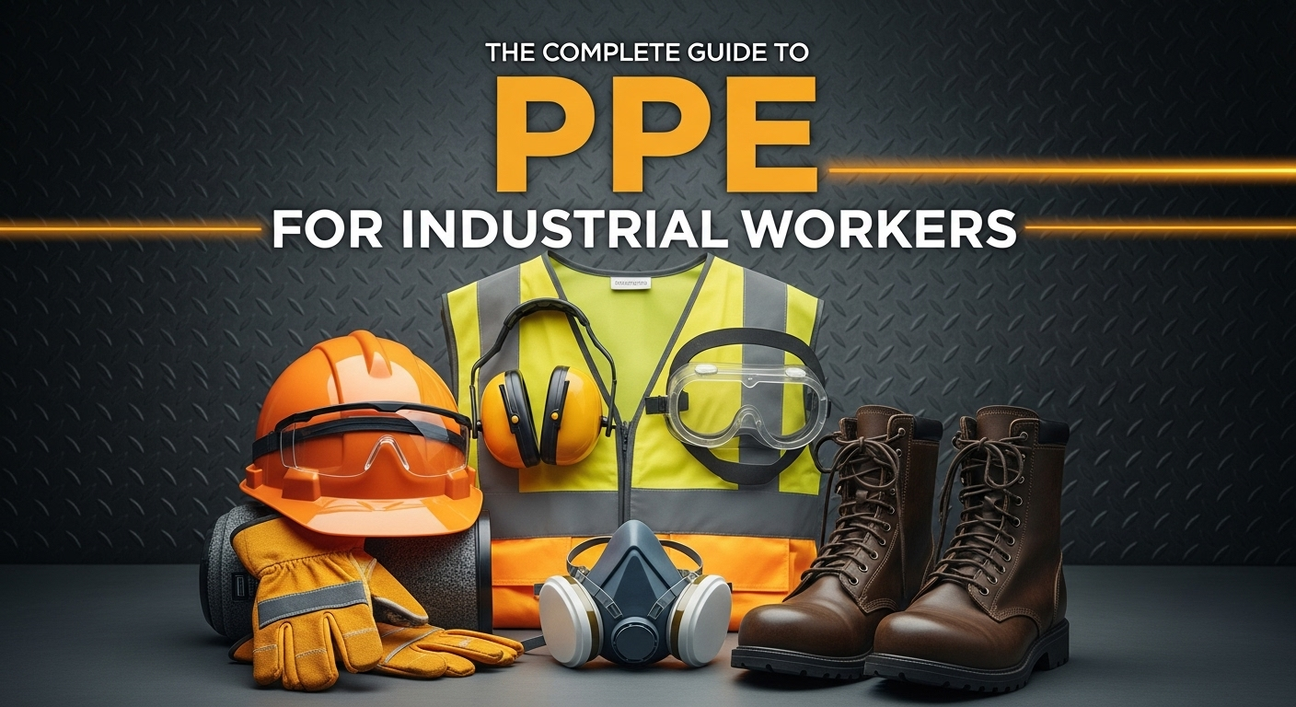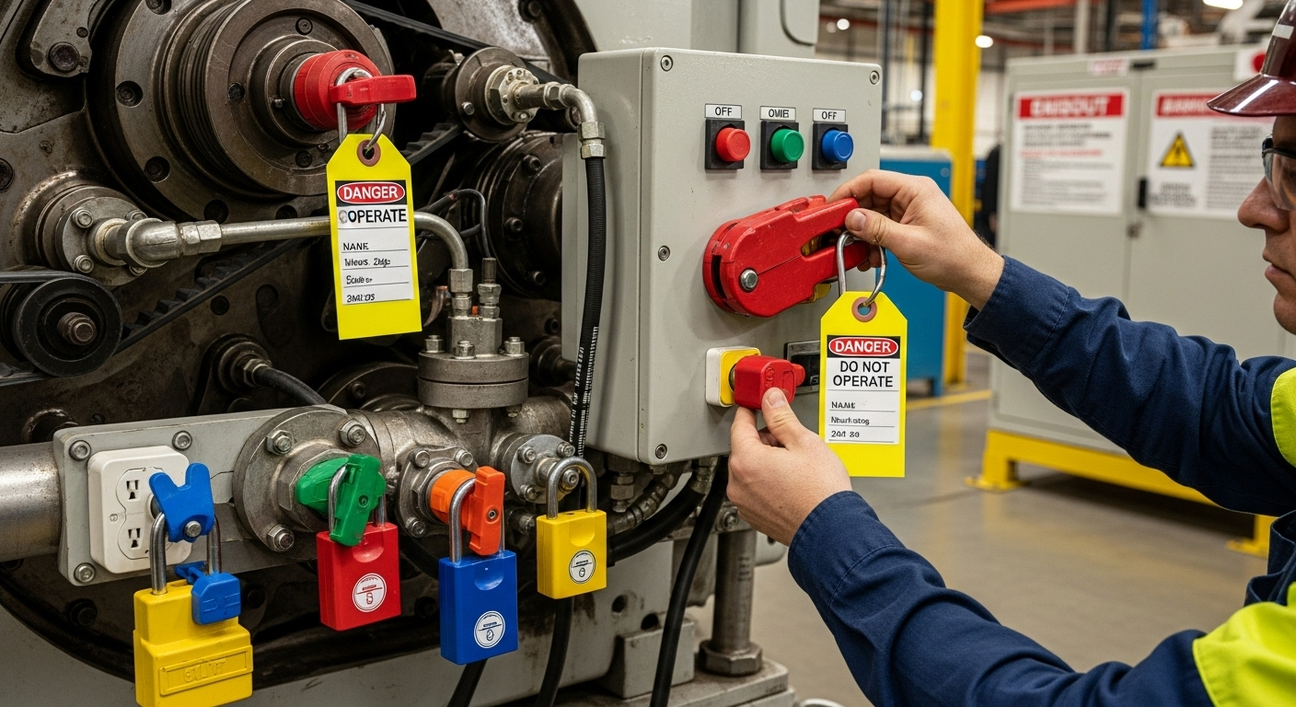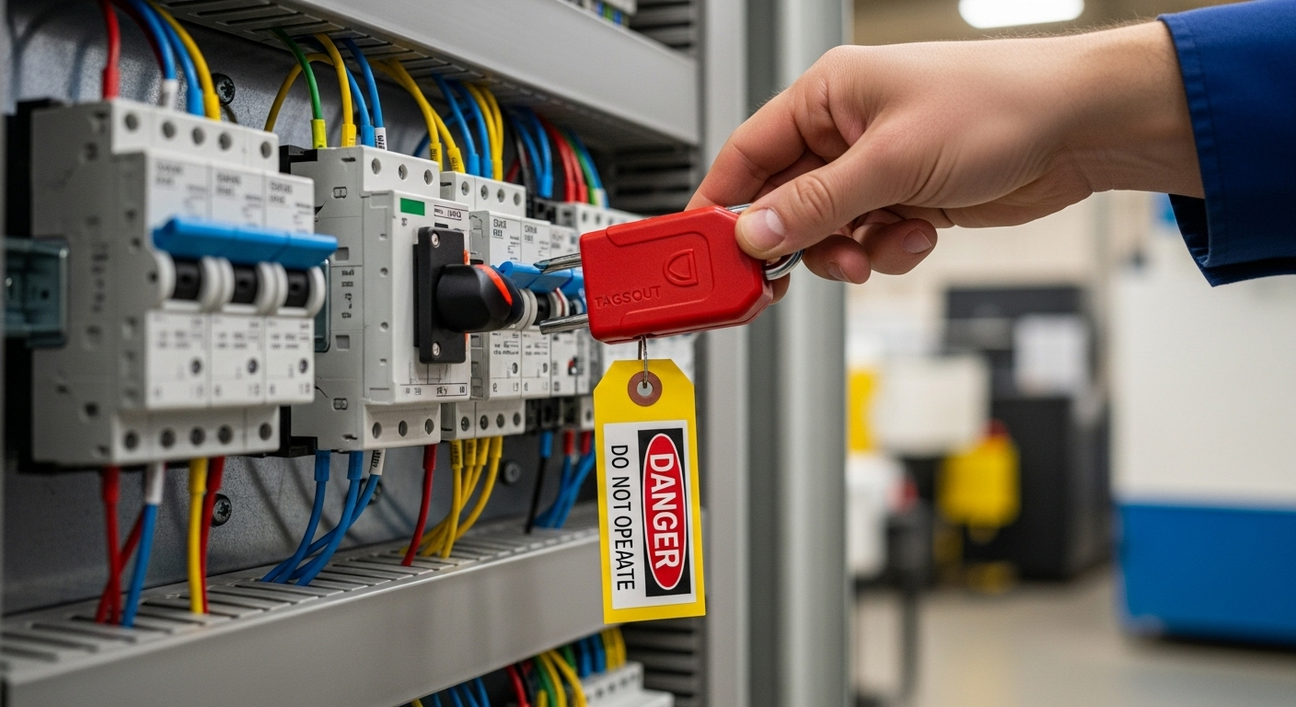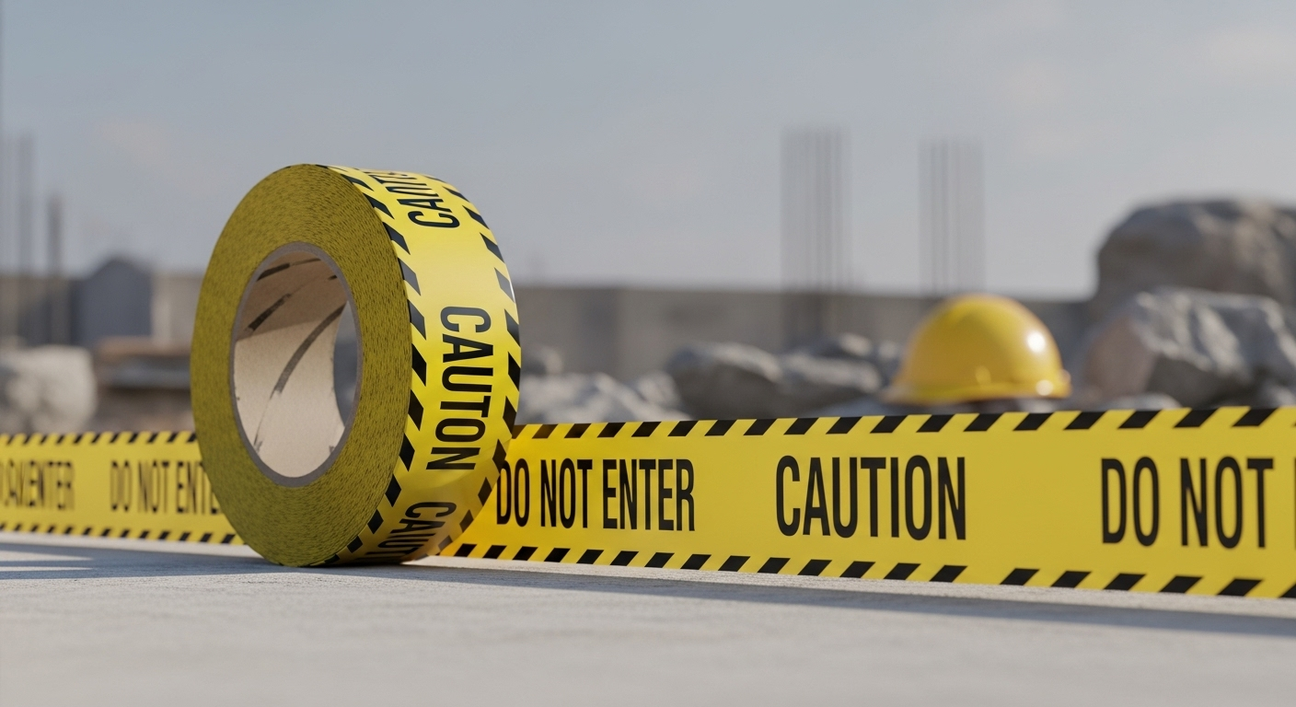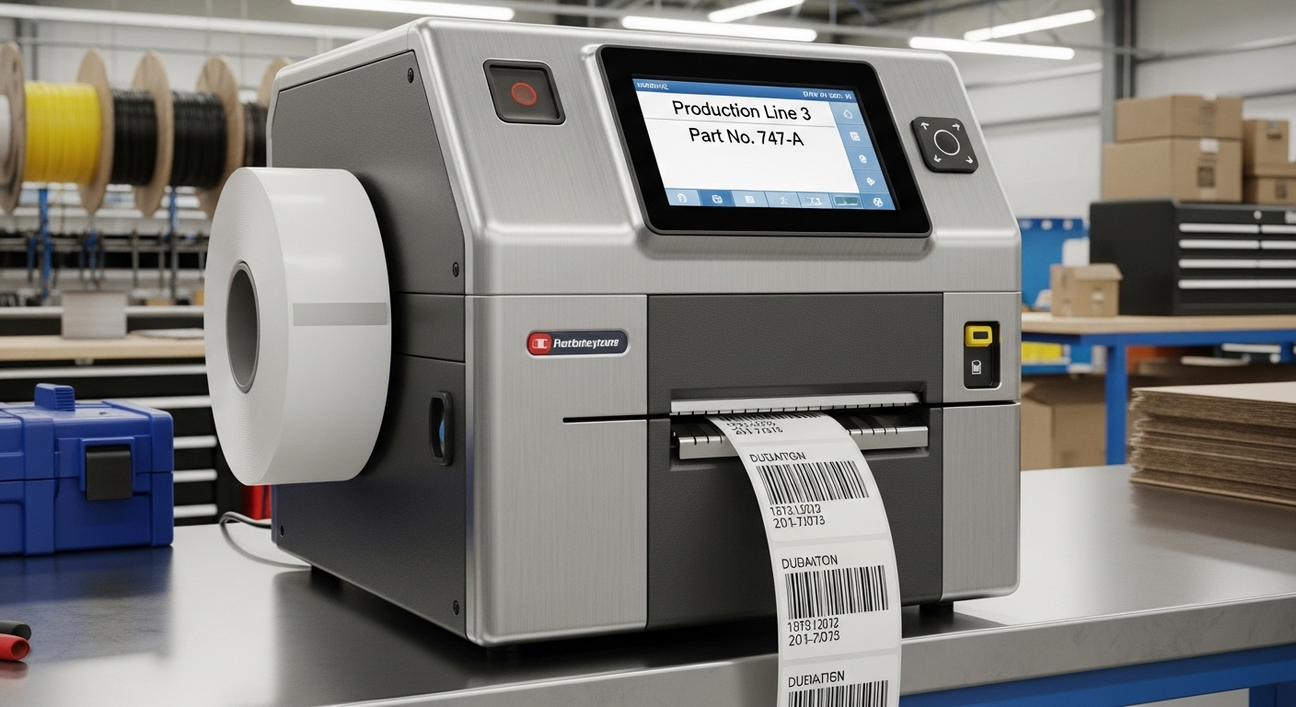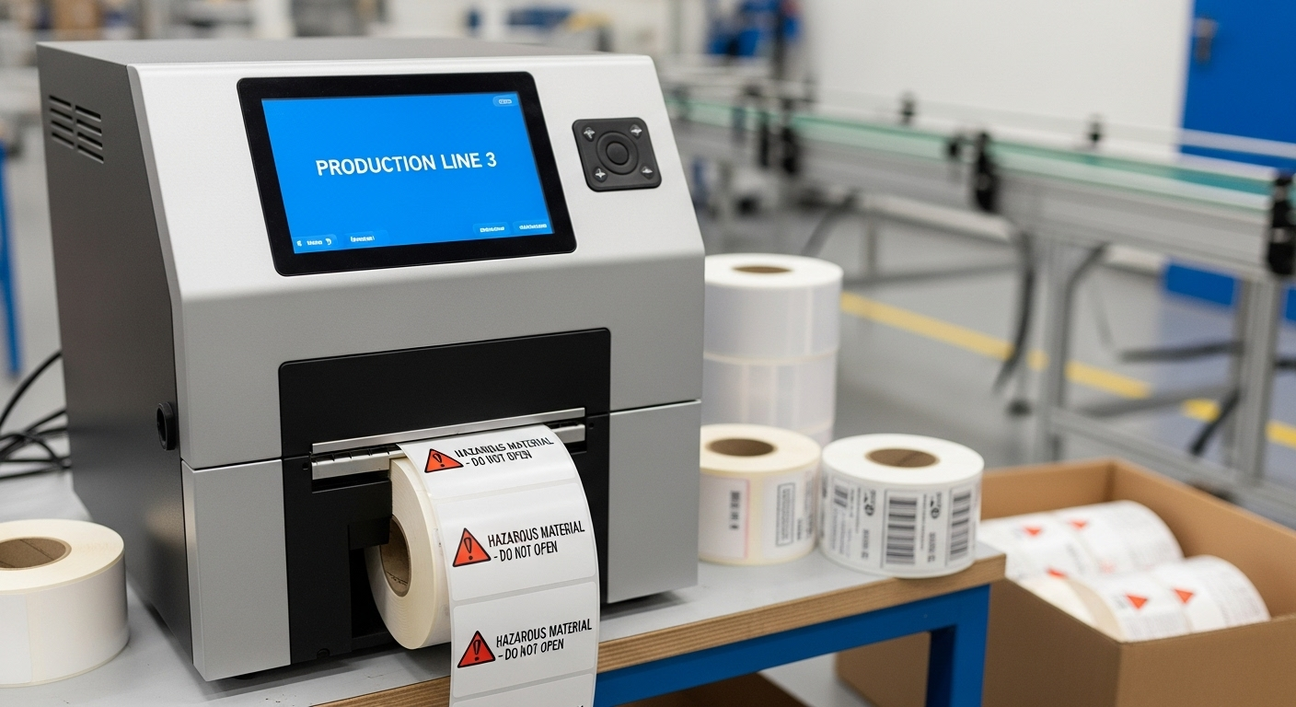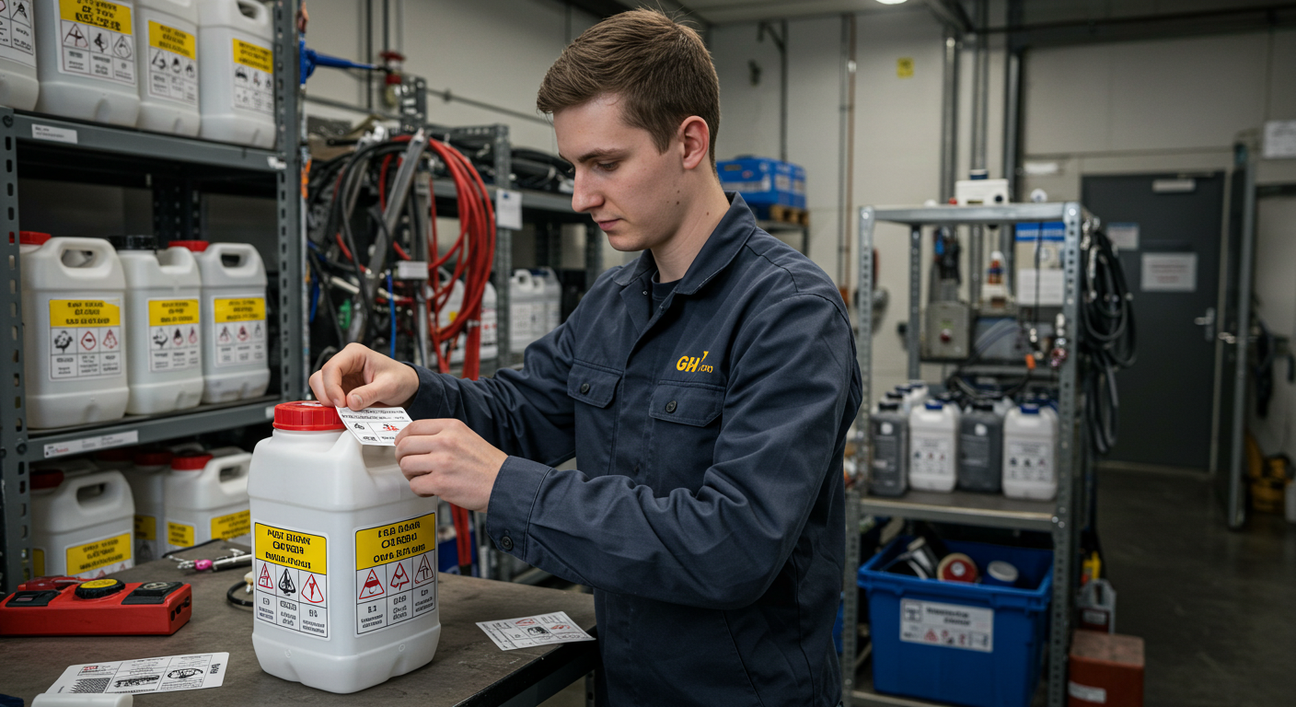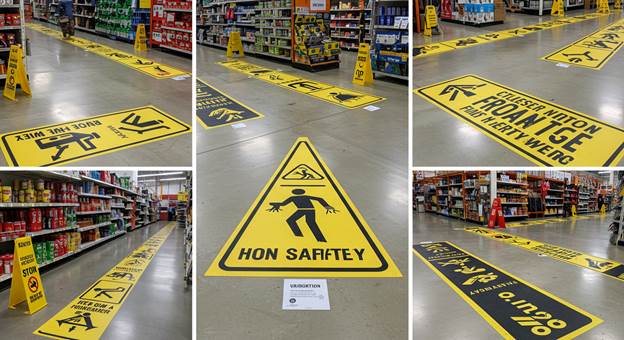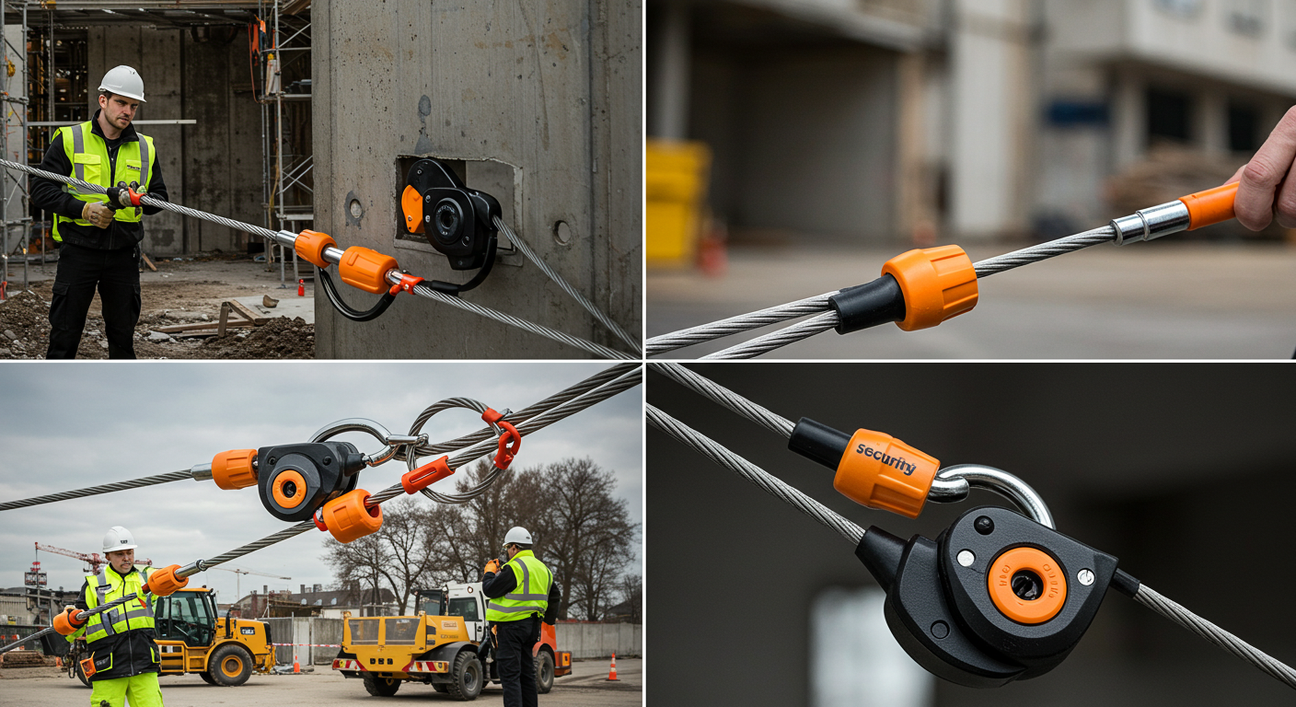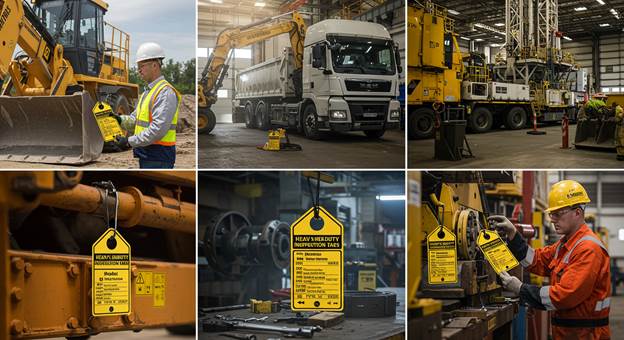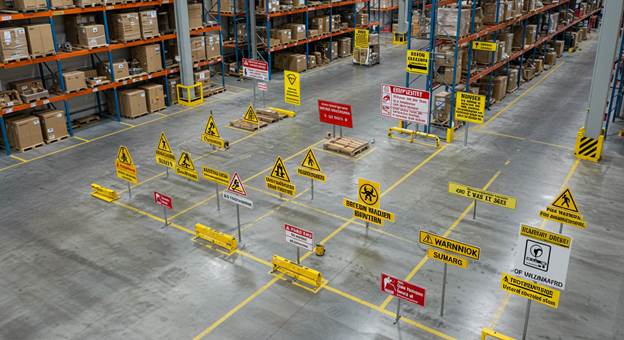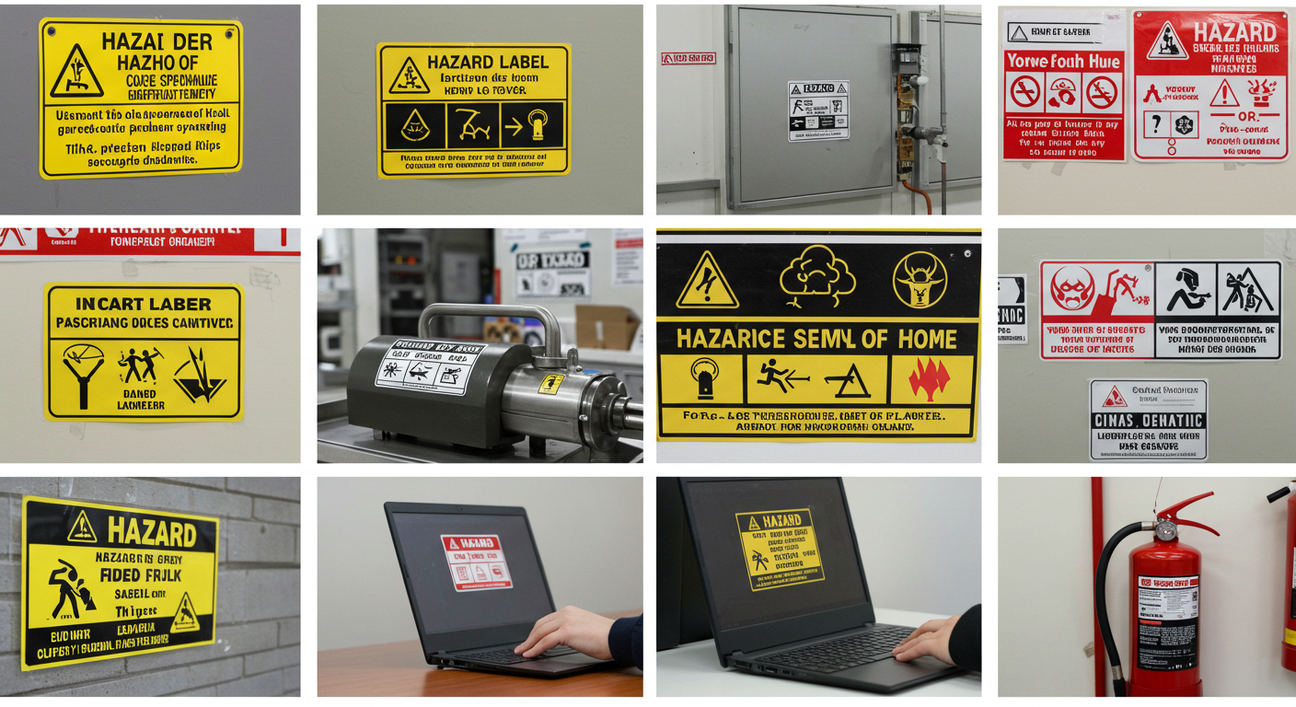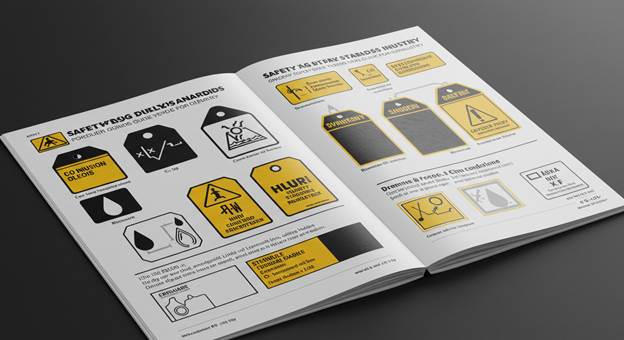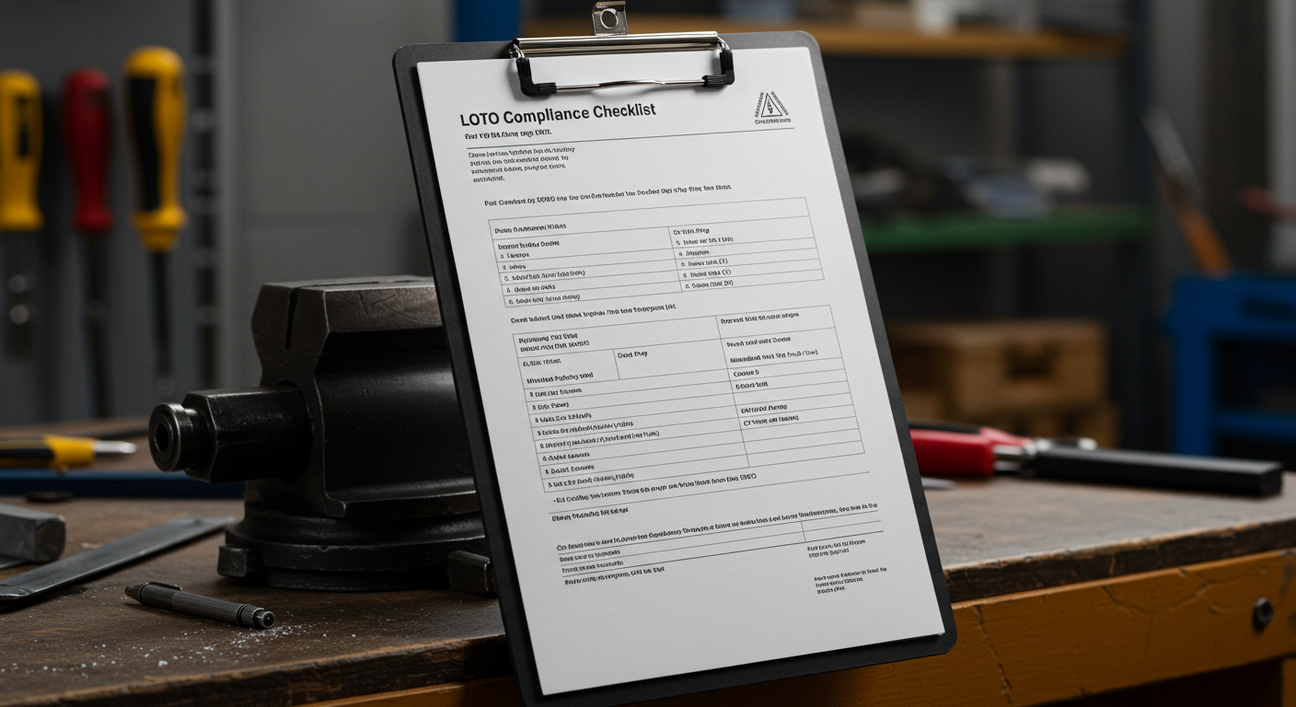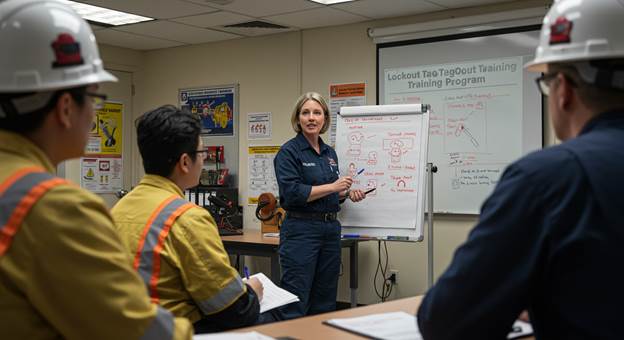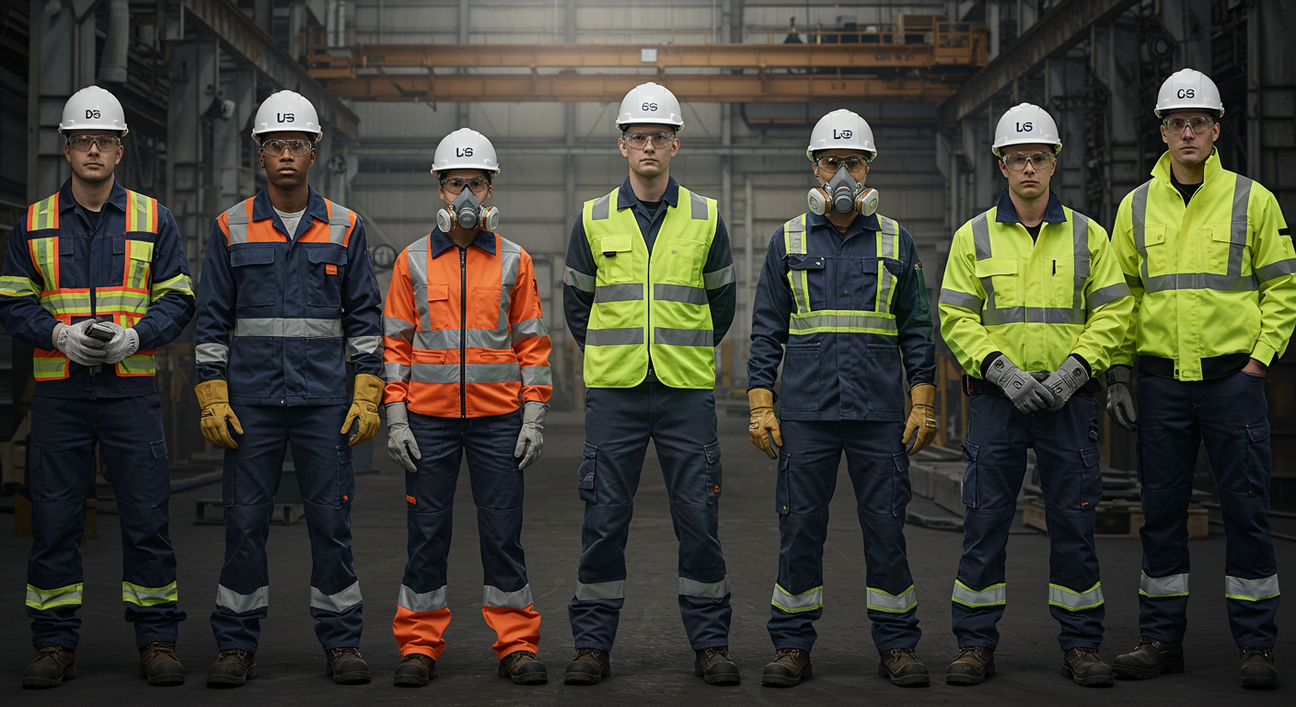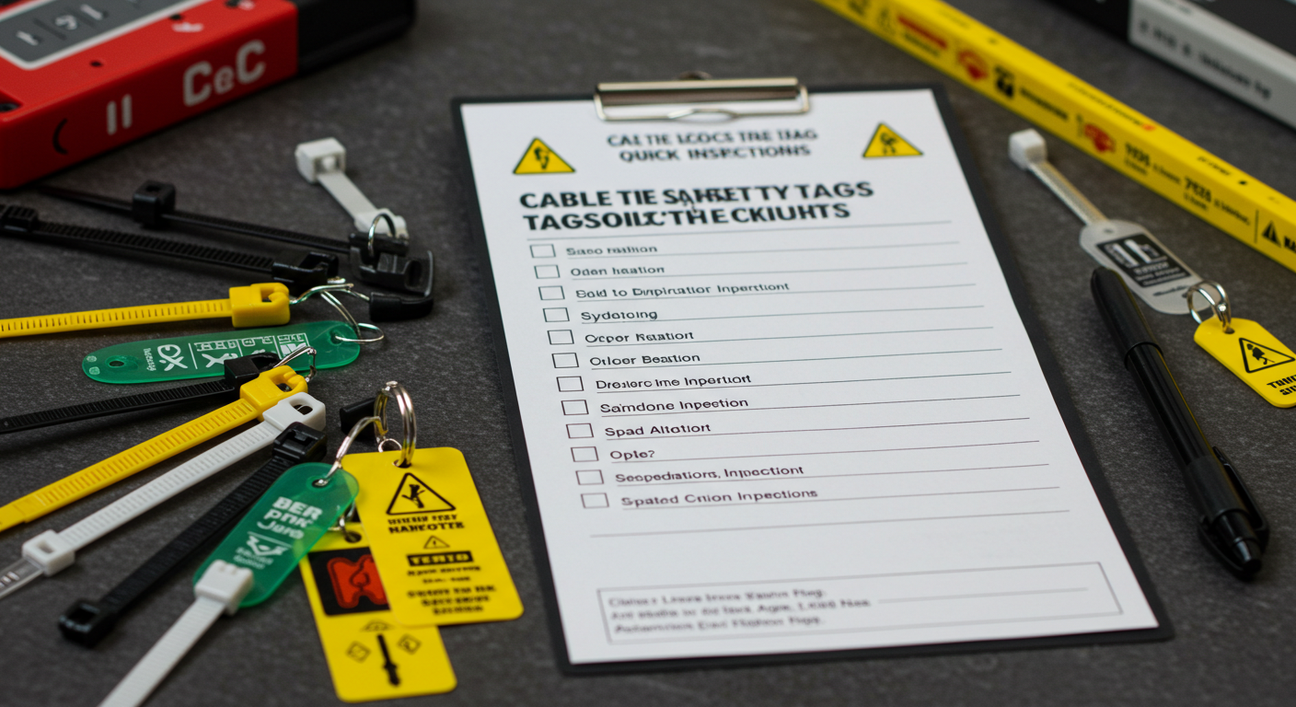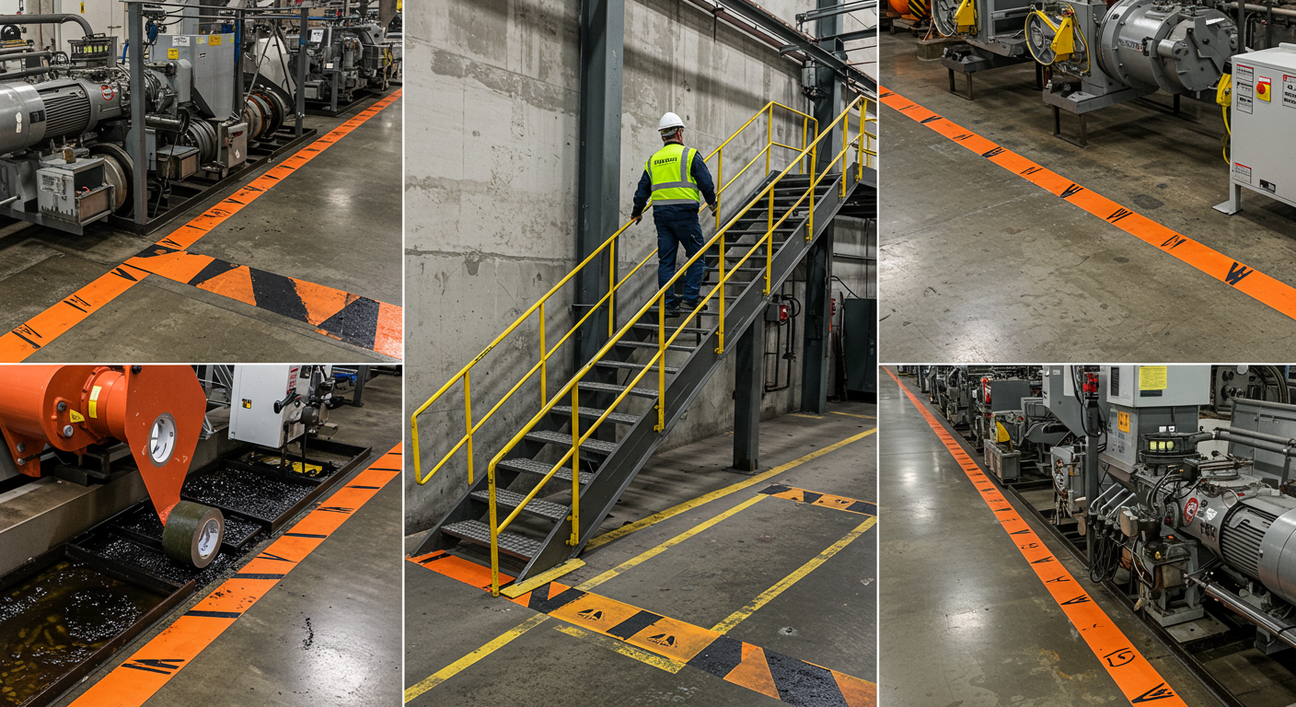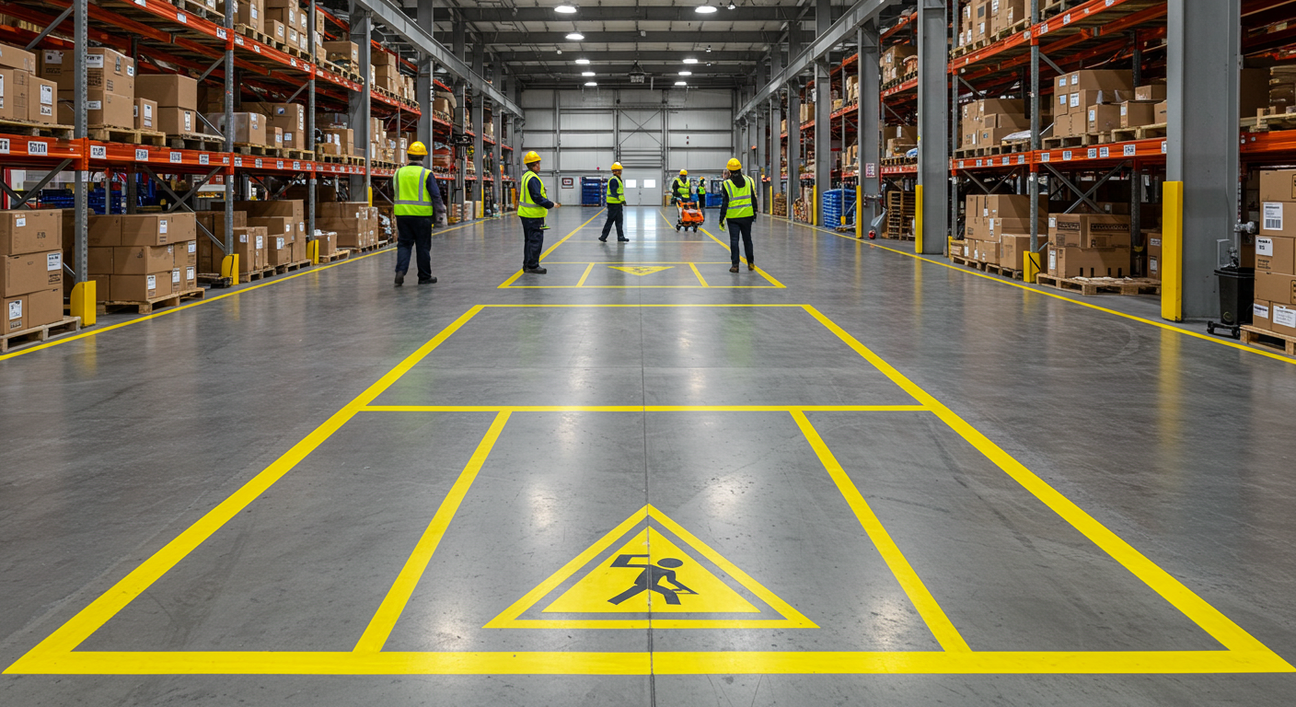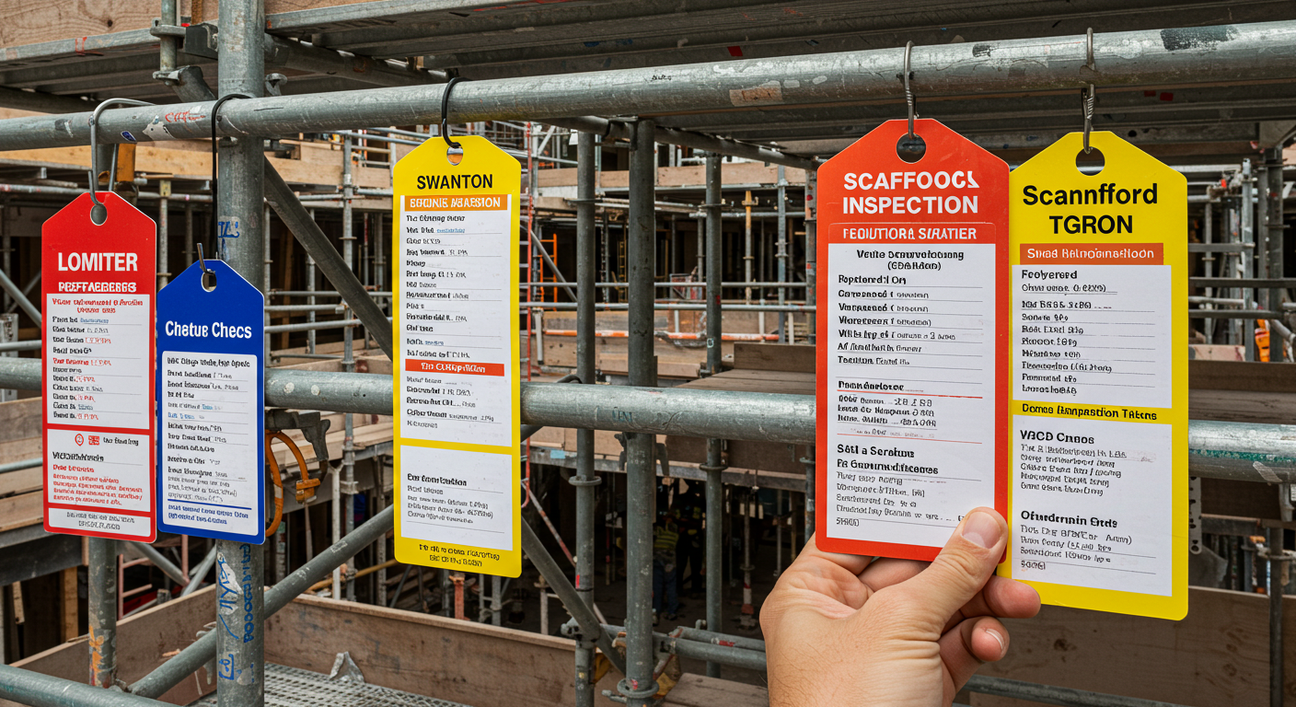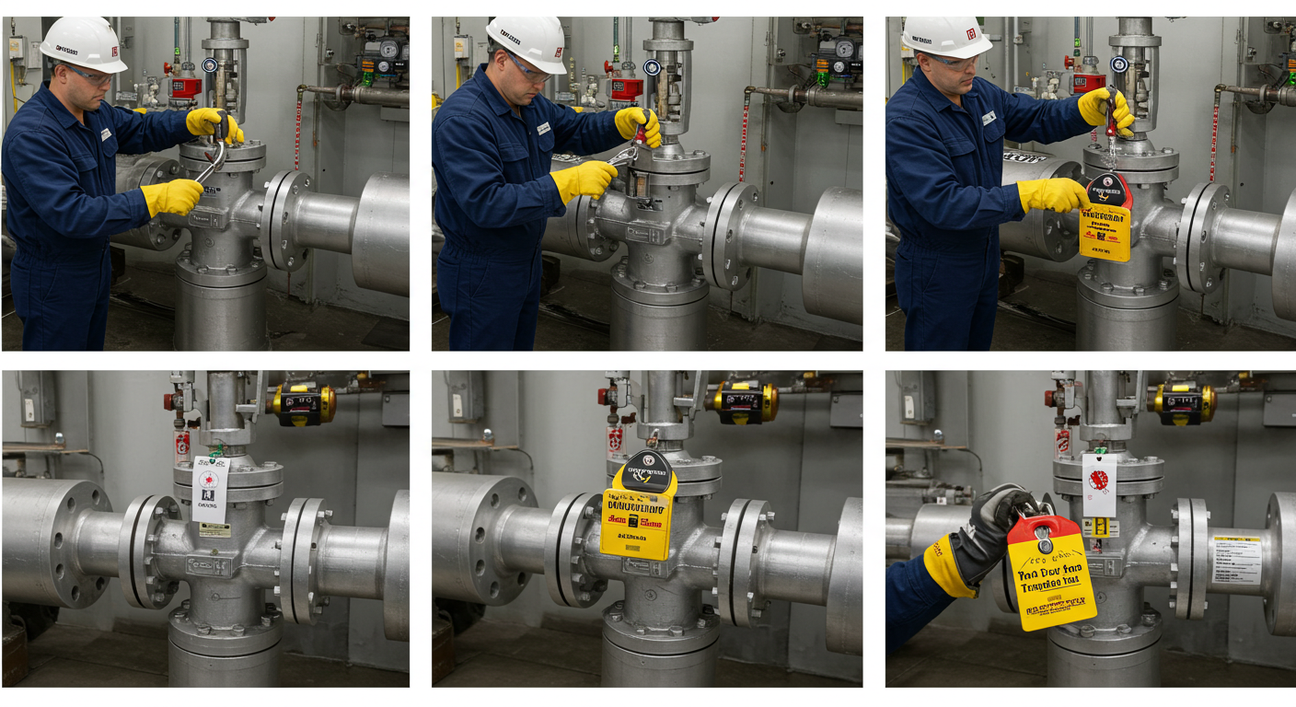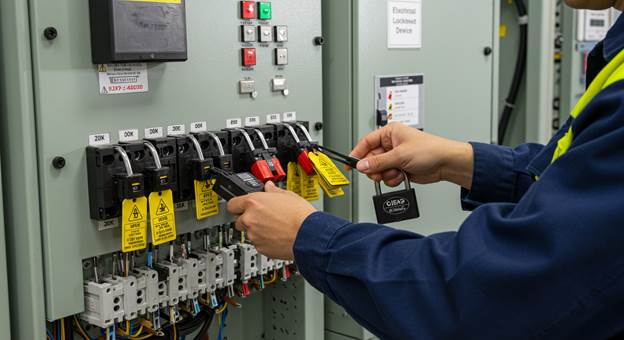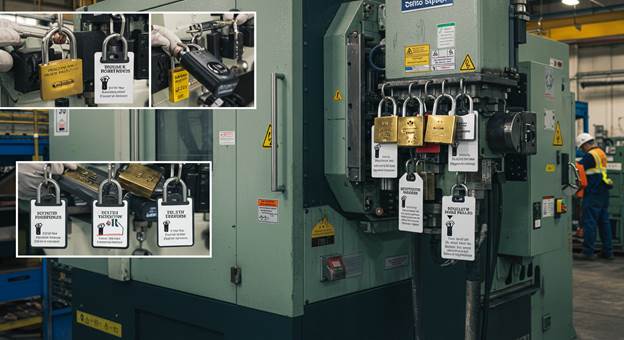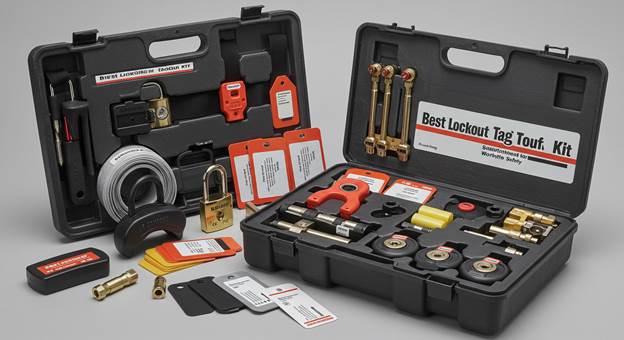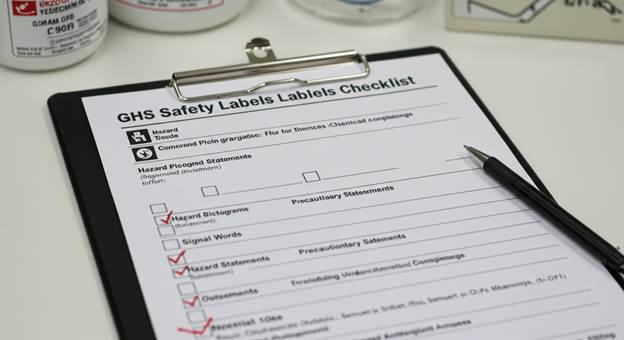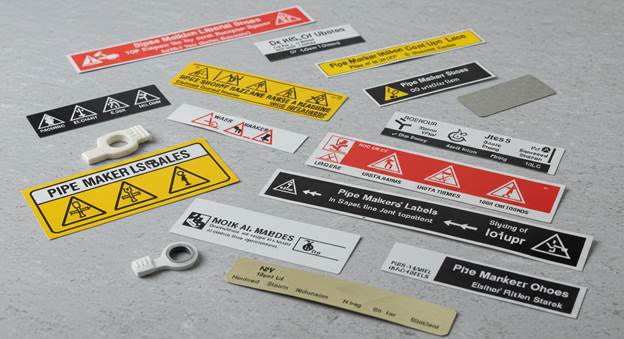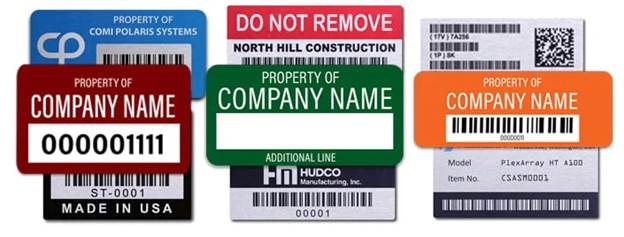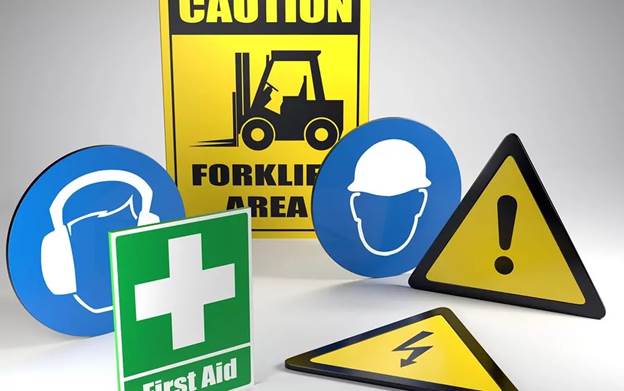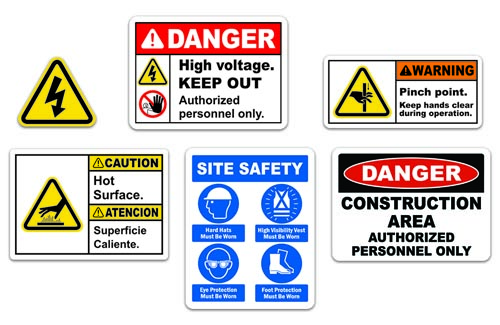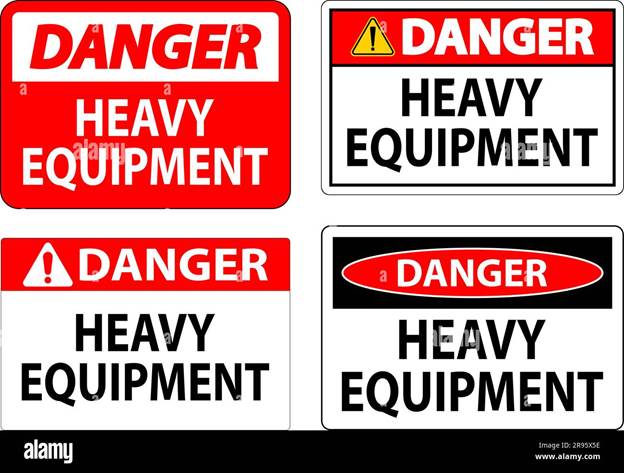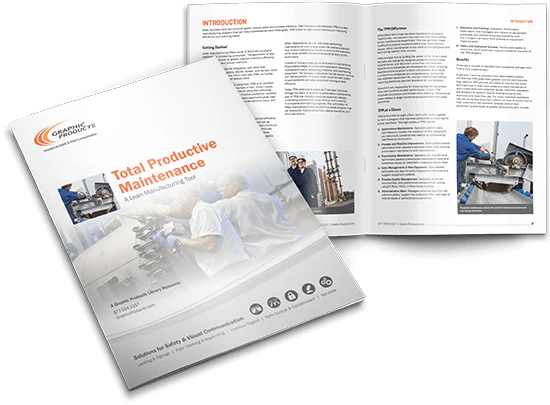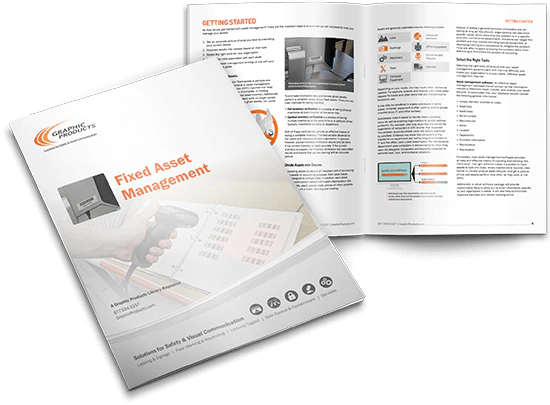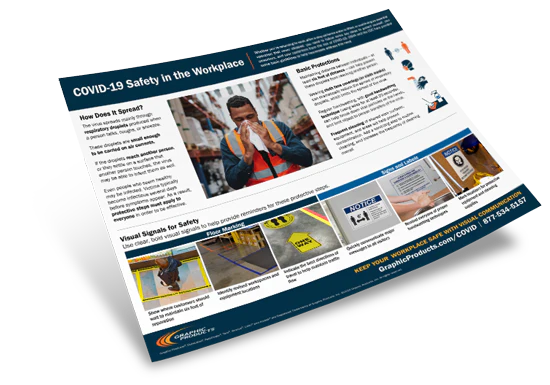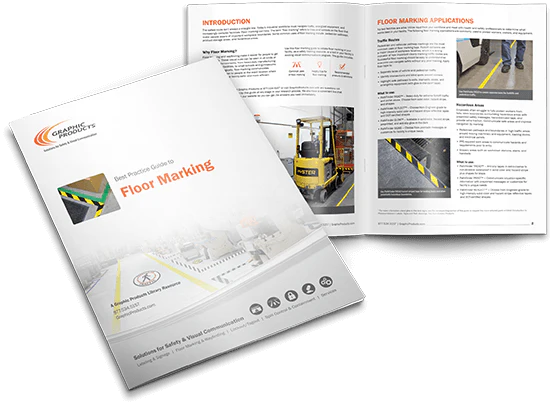Effective Safety Tags for Construction Sites Ideas
Ensuring safety on construction sites is paramount. One of the most effective ways to communicate hazards and safety protocols is through the use of safety tags and signs. These tools not only help in preventing accidents but also ensure compliance with occupational health and safety regulations. In this comprehensive guide, we'll explore innovative ideas for implementing safety tags on construction sites, discuss best practices, and highlight resources to enhance your site's safety measures.
Introduction: Why Safety Tags Matter on Construction Sites
Construction sites are dynamic environments with numerous hazards. Implementing effective safety measures is crucial to protect workers and visitors. Safety tags serve as immediate visual cues that communicate essential information about equipment status, potential hazards, and safety procedures. They are integral to maintaining a safe and compliant work environment.
Understanding the Role of Safety Tags
Safety tags are used to convey critical information about equipment and areas on a construction site. They can indicate whether equipment is safe to use, under maintenance, or out of service. Tags also warn about specific hazards, such as electrical risks or structural weaknesses. By providing clear and concise information, safety tags help prevent accidents and ensure that safety protocols are followed.
Top Safety Tagging Ideas for Construction Environments
Innovative safety tagging strategies can enhance the effectiveness of your site's safety program:
-
Color-Coded Tags: Use different colors to signify various statuses or hazards.
-
Durable Materials: Select tags made from materials that can withstand harsh environmental conditions.
-
Customizable Tags: Tailor tags to include specific information relevant to your site or equipment.
-
Digital Integration: Incorporate QR codes or RFID technology to link physical tags with digital records.
Types of Safety Tags Used in Construction
Understanding the different types of safety tags is essential for effective implementation:
-
Lockout/Tagout Tags: Indicate that equipment is de-energized and should not be operated.
-
Inspection Tags: Document the date and results of equipment inspections.
- Warning Tags: Alert workers to specific hazards or unsafe conditions.
-
Information Tags: Provide general information or instructions related to safety procedures.
How to Choose the Right Tag for the Right Job
Selecting the appropriate safety tag involves considering several factors:
-
Purpose: Determine the specific function the tag needs to serve.
-
Visibility: Ensure the tag is easily noticeable and legible from a distance.
-
Durability: Choose materials that can endure the site's environmental conditions.
-
Compliance: Verify that the tag meets relevant safety standards and regulations.
Creative Applications of Safety Tags on Site
Beyond standard uses, safety tags can be creatively applied to enhance safety:
-
Personal Protective Equipment (PPE) Tags: Indicate required PPE for specific areas or tasks.
-
Training Verification Tags: Show that workers have completed necessary safety training.
-
Hazard Communication Tags: Provide detailed information about chemical or environmental hazards.
Improving Compliance with Color-Coded Tagging Systems
Implementing a color-coded system can streamline safety communication:
-
Red Tags: Denote immediate danger or equipment that must not be used.
-
Yellow Tags: Indicate caution or equipment that requires inspection.
- Green Tags: Signify that equipment is safe to use.
-
Blue Tags: Provide general information or instructions.
Consistent use of color codes helps workers quickly understand the status of equipment and areas, reducing the likelihood of accidents.
Integrating Digital Tracking with Physical Tags
Combining physical safety tags with digital tracking systems enhances safety management:
-
QR Codes: Link tags to digital records for easy access to inspection histories and maintenance schedules.
-
RFID Tags: Allow for real-time tracking of equipment and personnel.
-
Mobile Applications: Enable workers to report hazards or update tag statuses using smartphones.
Digital integration improves data accuracy and facilitates proactive safety management.
How Archford Supports Safety Tagging Needs
Archford offers a comprehensive range of Safety Tags tailored to meet the evolving requirements of construction sites. Their tags are built for durability, visibility, and full compliance with Australian safety regulations. Whether it's tagging heavy equipment, hazardous areas, or isolating electrical systems, Archford’s solutions are crafted to enhance on-site communication and reduce workplace incidents. By choosing Archford, construction companies invest in reliable safety products that support a proactive approach to risk management and site control.
Internal Resources for Tagging Best Practices
To further support safety tagging initiatives, consider the following internal resources:
-
Safety Training Programs: Educate workers on the importance and proper use of safety tags.
-
Standard Operating Procedures (SOPs): Develop clear guidelines for tagging processes and responsibilities.
-
Regular Audits: Conduct periodic reviews of tagging systems to ensure effectiveness and compliance.
-
Feedback Mechanisms: Encourage workers to report issues or suggest improvements related to safety tagging.
Explore the Ultimate Guide to Tagging Tips & Ideas
|
Tags |
Tips or Ideas |
|
Tips for ensuring durability and visibility in harsh environments. |
|
|
Creative and clear tag designs that enhance safety awareness. |
|
|
Innovative tagging methods for better asset tracking and management. |
|
|
Best practices for implementing a clear and effective workplace tagging system. |
|
|
Practical ideas for industrial settings, focusing on visibility and clarity. |
|
|
Ideas for scaffold tagging that ensure safety and compliance. |
|
|
How to create inspection tags that meet safety standards and improve compliance. |
|
|
Creative ideas for safety tagging to reduce hazards and improve site management. |
|
|
Key tips for effective electrical isolation and minimizing electrical hazards. |
|
|
Best practices for asset labeling to enhance inventory management and tracking. |
|
|
Innovative sticker ideas for easy identification and durability of equipment. |
|
|
Essential tips for rigging safety, including correct tagging techniques. |
Final Thoughts
Effective use of safety tags is a critical component of construction site safety. By implementing innovative tagging strategies, selecting appropriate tags, and leveraging resources from trusted providers like Archford, construction companies can significantly reduce risks and promote a culture of safety. Continuous evaluation and improvement of tagging systems ensure ongoing compliance and protection for all site personnel.
FAQs About Construction Site Safety Tags
Q1: What are construction safety tags?
A1: Construction safety tags are labels used to communicate important safety information about equipment, areas, or procedures on a construction site.
Q2: Why are construction warning signs important?
A2: Construction warning signs alert workers and visitors to potential hazards, helping prevent accidents and injuries.
Q3: What is the difference between caution and danger signs on a construction site?
A3: Caution signs indicate potential hazards that could cause minor injuries, while danger signs warn of immediate threats that could result in serious harm or death.
Q4: How often should safety tags be inspected or replaced?
A4: Safety tags should be inspected regularly, typically during routine equipment checks, and replaced if they are damaged, illegible, or outdated.
Q5: Can digital tools enhance the effectiveness of safety tags?
A5: Yes, integrating digital tools like QR codes or mobile applications with physical safety tags can improve tracking, reporting, and overall safety management.

